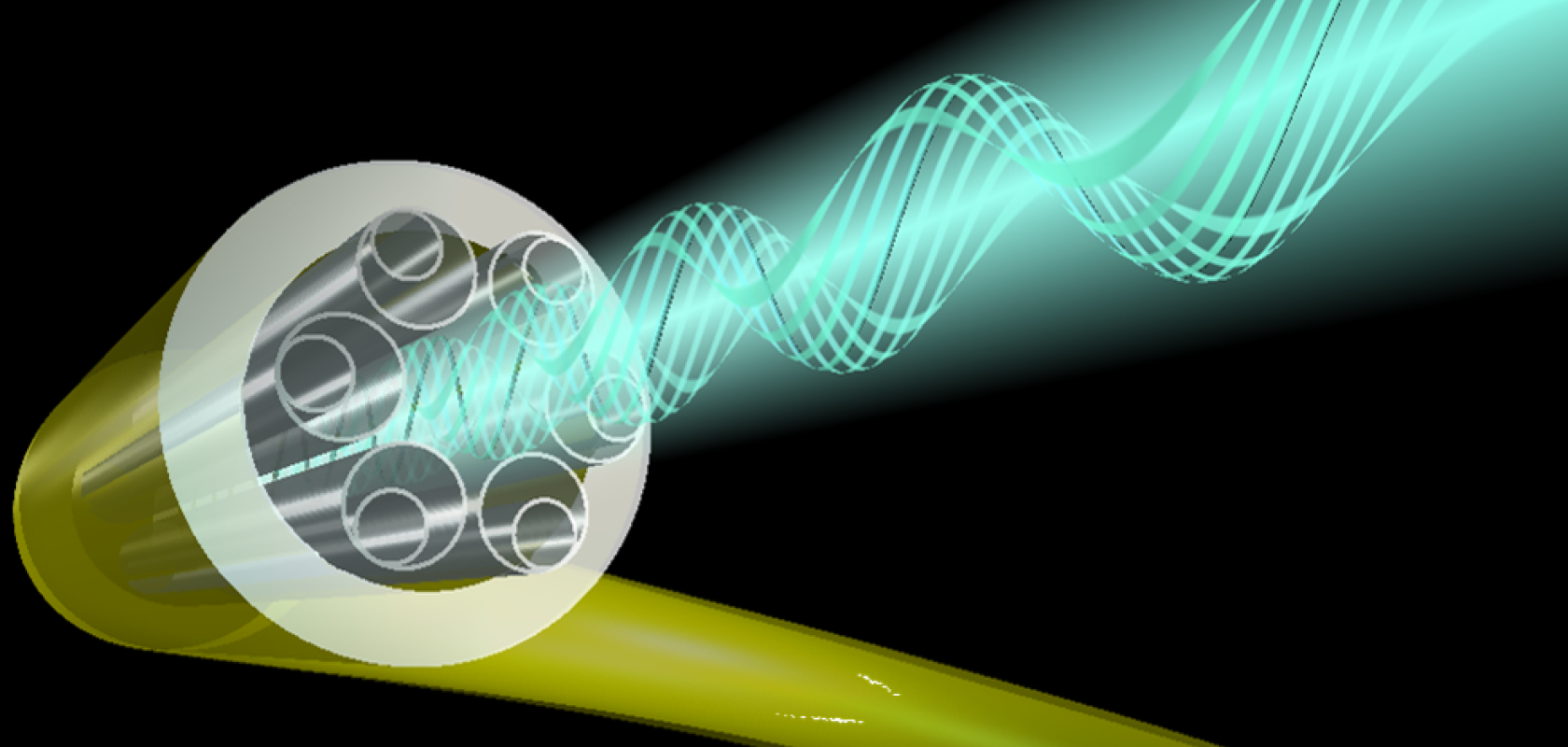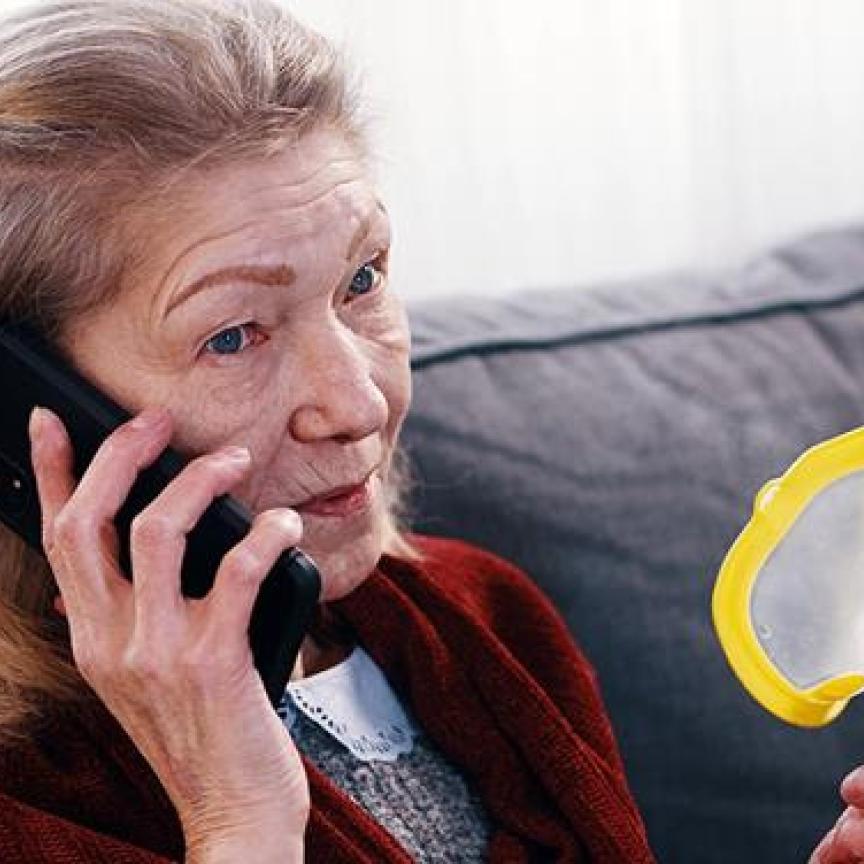A team of researchers from the University of Southampton in the UK and Université Laval in Canada, have successfully measured back-reflection in next generation hollow-core fibres.
The research, which was published in The Optical Society’s Optica journal, demonstrated that back-reflection is around 10,000 times lower than conventional optical fibres.
Backscattering is generally seen as undesirable because it causes attenuation of signals propagating down the optical fibre and can limit the performance of fibre-based devices. The researchers believe that accurately measuring backscattering can be beneficial in other instances, such as the characterisation of installed fibre cables where the backscatter is used to monitor the condition of a cable and identify the location of any breaks along its length.
The latest generation of hollow-core Nested Antiresonant Nodeless Fibres (NANFs), which were pioneered in the Southampton-led LightPipe research programme and applied to novel application fields within the Airguide Photonics programme, exhibit backscattering that is so low that up until this point says the team, it remained unmeasurable. Therefore,, Optoelectronics Research Centre (ORC) researchers at the University of Southampton teamed up with colleagues from the Centre for Optics, Photonics and Lasers (COPL) at Université Laval, Québec, who specialise in research into highly-sensitive optical instrumentation.
They developed an instrument that enabled reliable measurement of extremely weak signals backscattered in the latest ORC-fabricated hollow-core fibres. This, they say, confirms that scattering is over four orders of magnitude lower than in standard fibres, in line with theoretical expectations.
Dr Eric Numkam Fokoua, who carried out the theoretical analysis at the ORC said: ‘The experimental confirmation of our theoretical prediction that backscattering is 10,000 times less in our latest hollow-core fibres than in standard all-glass fibres demonstrates their superiority for many fibre optic applications. Moreover, the ability to measure such low backscattered signal levels is also critical in the development of hollow-core fibre technology itself, in providing a critical route to distributed fault-finding in fabricated hollow-core fibres and cables as needed to drive forward improvements in their manufacturing processes. Existing technology is simply not sensitive enough to work with these radical new fibres and this work demonstrates a solution to this problem.’
Researchers from the University of Southampton also recently demonstrated that fibres with a hollowed out centre could reduce loss of power.


